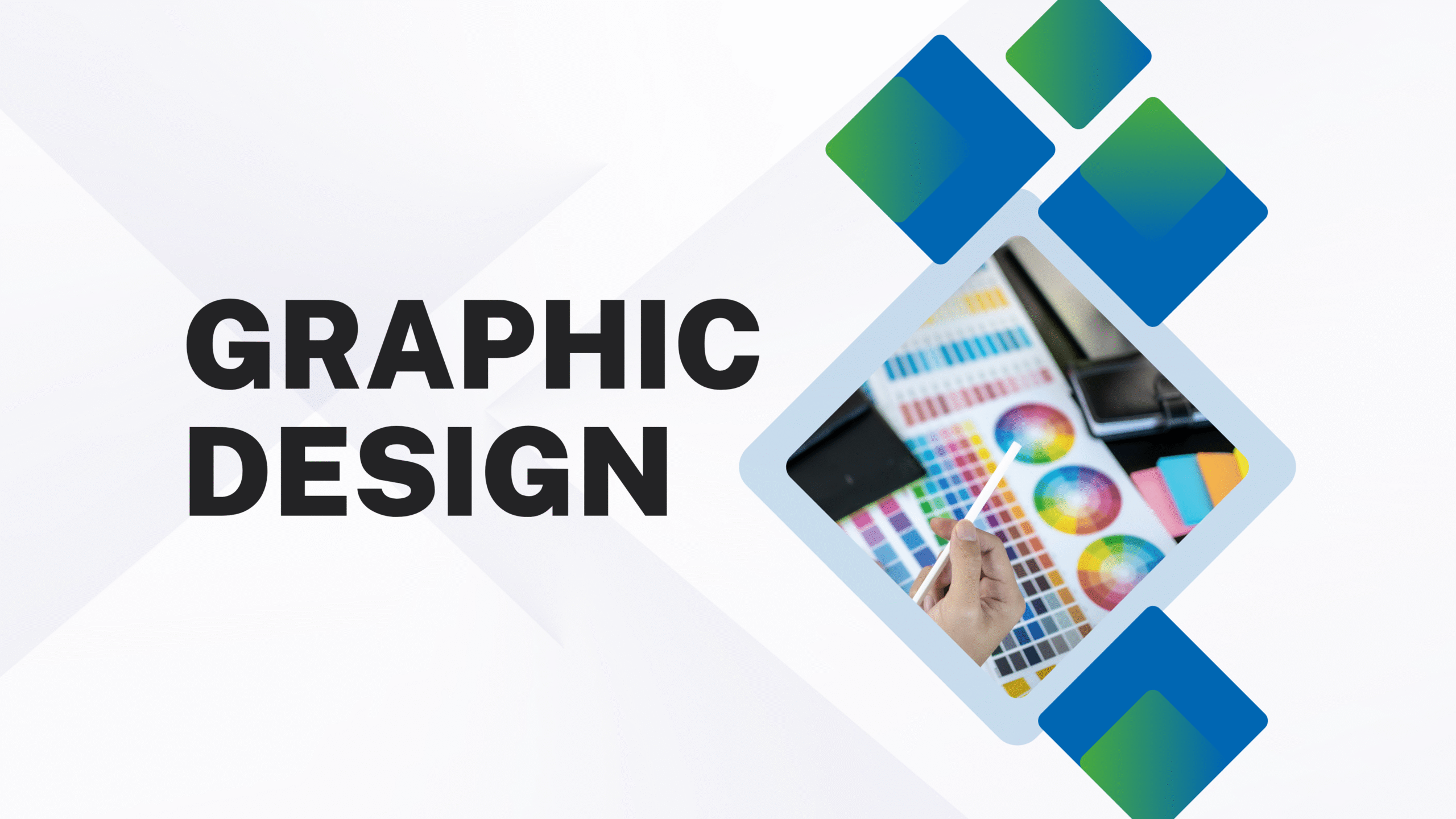Branding is the process of creating a unique identity for a company, product, or service. It involves everything from logos and color schemes to the overall look and feel of all marketing materials. Graphic design plays a central role in this process, helping businesses communicate their values, personality, and message visually.
How Graphic Design Shapes Brand Identity
Graphic design is much more than just creating logos or website layouts—it’s about telling the story of a brand visually. The design elements you choose for a brand—colors, typography, images, and overall aesthetic—work together to create a lasting impression on customers. These elements not only set the tone for how a brand is perceived but also influence how people feel when they interact with a brand.
Key Elements of Graphic Design in Branding
1. Logo Design
A logo is the cornerstone of a brand’s identity. It’s the first thing people associate with the brand, and a well-designed logo can leave a lasting impression. Graphic designers create logos that are simple, memorable, and reflective of the brand’s values and mission.
2. Color Palette
Colors evoke emotions and influence consumer behavior. The right color palette can make a brand feel trustworthy, energetic, luxurious, or fun. Designers carefully select a color scheme that aligns with the brand’s message and audience.
3. Typography
Typography is a powerful tool in branding. The typefaces you use can affect how a brand is perceived. A tech company might choose modern, sleek fonts, while a luxury brand might opt for classic, elegant ones. Typography communicates not only information but also tone and personality.
4. Visual Style and Imagery
The way a brand uses images, illustrations, and graphics plays a key role in its overall identity. Whether it’s a minimalist approach with lots of white space or a bold, vibrant look with eye-catching visuals, the style should reflect the brand’s values and resonate with the target audience.
5. Consistency Across Platforms
For branding to be effective, it needs to be consistent across all touchpoints—whether it’s a website, social media, print materials, or packaging. Graphic designers ensure that the brand’s visual identity is cohesive, which helps build recognition and trust over time.
How Graphic Design Influences Consumer Perception
The design choices a brand makes have a direct impact on how it’s perceived by customers. A well-designed brand can inspire confidence, create emotional connections, and even increase sales. On the other hand, a poorly designed brand can convey a lack of professionalism and turn potential customers away.
Emotional Response:
Colors, shapes, and fonts elicit emotional responses. For example, blue often conveys trust and professionalism, while red can evoke excitement or urgency. Designers tap into these psychological effects to craft brands that connect with their audience on a deeper level.
First Impressions Matter:
First impressions are critical in branding. A customer’s initial experience with a brand’s visual identity—whether it’s through an ad, website, or packaging—can influence their perception and decision to engage. Good design grabs attention and makes a memorable impact.
Building Trust and Loyalty:
A consistent and professional brand design helps build trust with customers. When people see a cohesive visual identity across all platforms, they are more likely to trust the brand and feel comfortable making a purchase. Over time, this trust leads to customer loyalty.
The Future of Graphic Design in Branding
As technology advances, the role of graphic design in branding continues to evolve. From interactive web design to augmented reality (AR) and virtual reality (VR) experiences, new tools and mediums allow brands to engage with customers in more innovative ways. Graphic designers will continue to be at the forefront of these changes, adapting their skills to create experiences that are both visually compelling and user-friendly.
Top Tools for Graphic Designers in Branding
- Adobe Illustrator – Vector-based design tool perfect for logo and branding design
- Adobe Photoshop – Photo editing and manipulation for brand imagery
- Canva – Easy-to-use design tool for creating social media posts and brand materials
- Figma – Collaborative design tool for UI/UX design and branding elements
- InVision – Design collaboration tool for branding projects
- CorelDRAW – Vector graphics software, often used for logo and brand design
- Affinity Designer – Affordable alternative for vector design and branding assets
Final Thoughts
Graphic design is essential to building a strong brand identity. It helps businesses communicate their values, evoke emotions, and build trust with their audience. A carefully crafted visual identity can set a brand apart in a crowded market, creating lasting impressions and fostering long-term customer loyalty.



